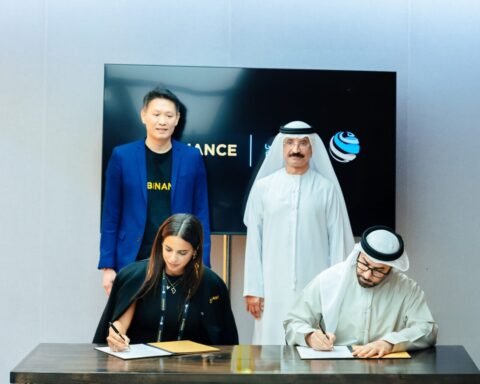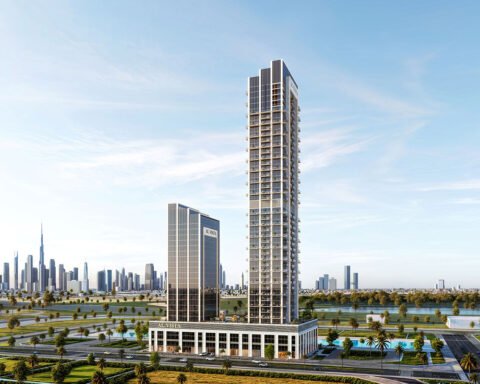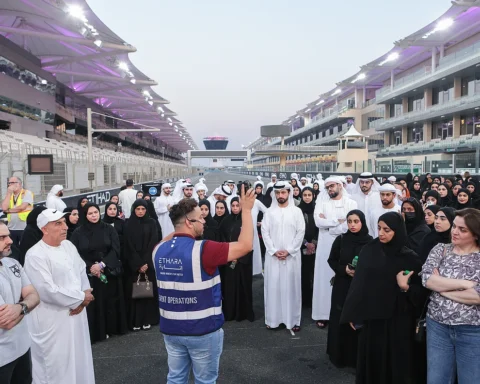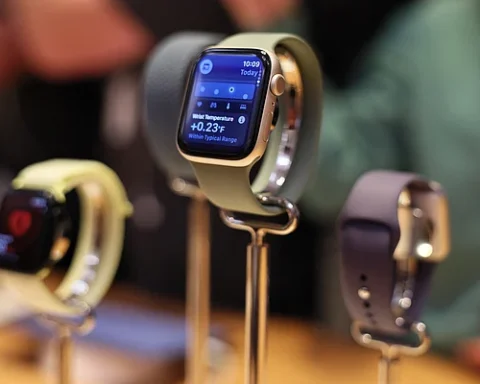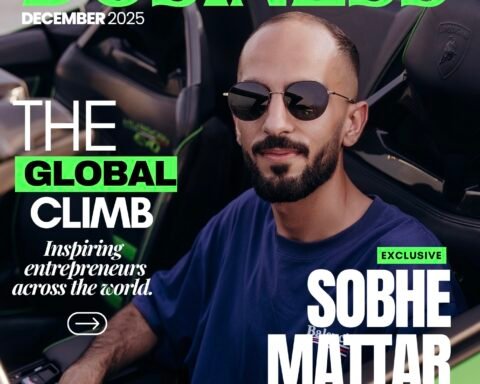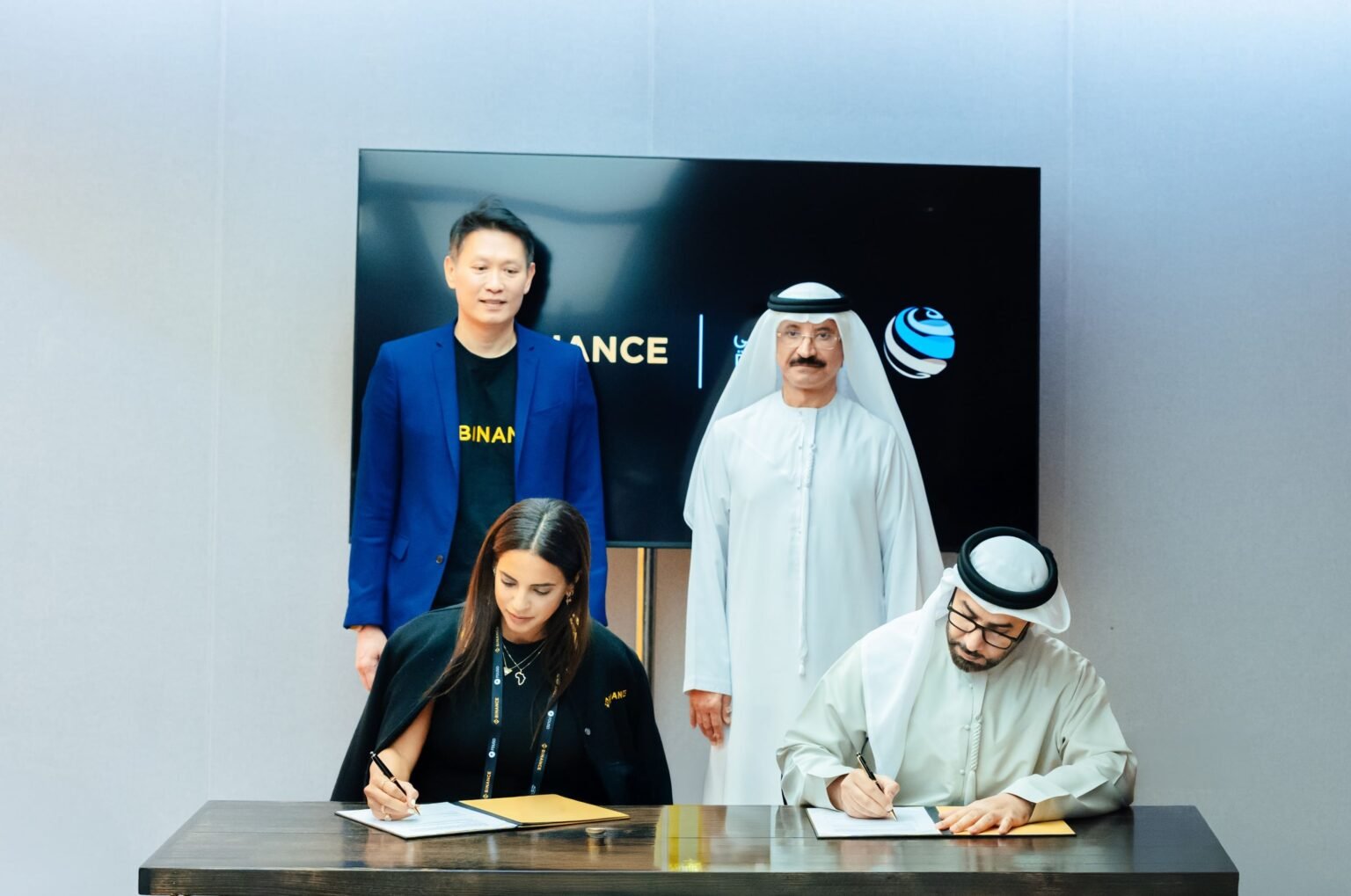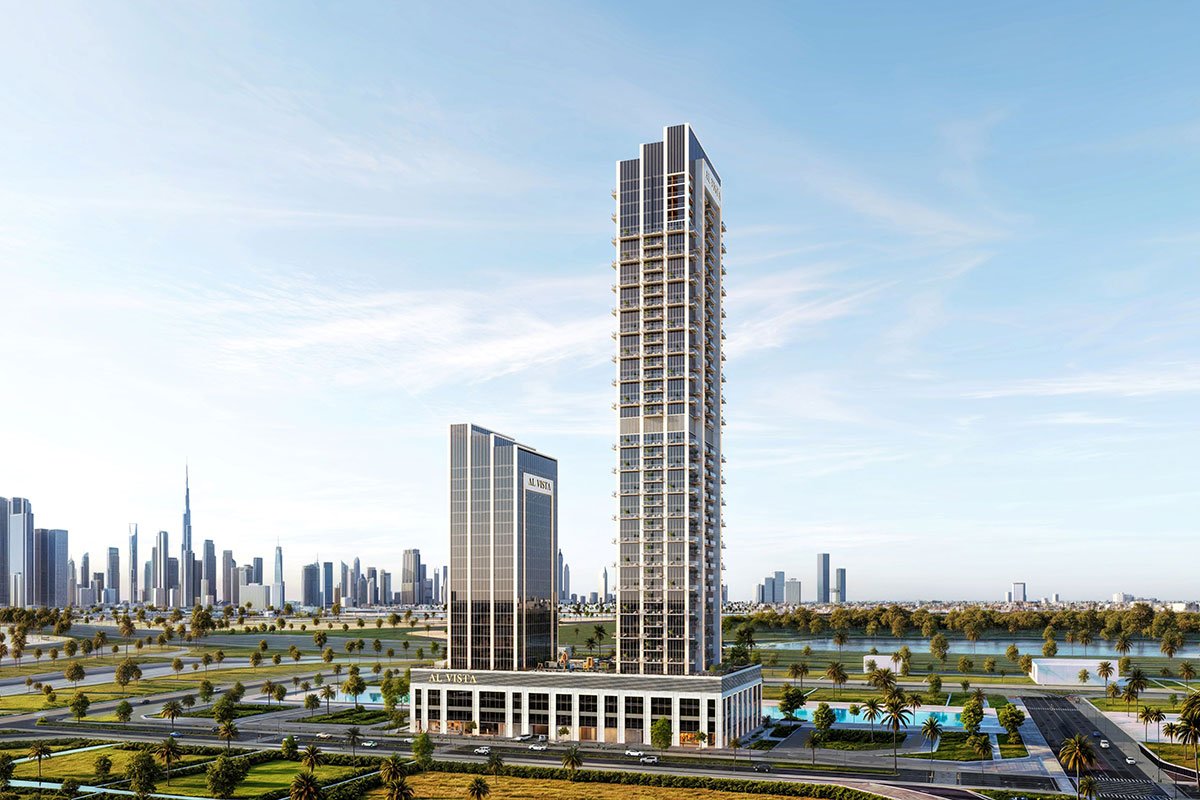
Tesla’s Robotaxi Bet Faces Bumpy Road Amid Sliding Sales and Regulatory Hurdles
With EV sales slumping and no affordable models in sight, Tesla bets big on robotaxis — but mounting regulatory roadblocks and investor skepticism threaten to stall its autonomous ambitions.
by Allen Cot

As EV sales decline and brand pressure mounts, Elon Musk doubles down on autonomous ambitions — but skeptical investors and slow regulatory approvals threaten to derail the vision.
Tesla’s High-Stakes Robotaxi Gamble Tests Investor Confidence and Regulatory Patience
Tesla’s future appears increasingly pinned to an ambitious vision of autonomous transportation, but the journey ahead may be rougher than expected. On the company’s most recent earnings call, CEO Elon Musk emphasized the potential of Tesla’s robotaxi program, saying the company is actively “getting the regulatory permission to launch” in several U.S. states, including California, Nevada, Arizona, and Florida. He expects operations to reach “half the population of the US by the end of the year” and go to scale by the end of 2026.
However, the reality tells a different story. As of now, Tesla’s autonomous fleet is limited to a small pilot in Austin, Texas, not accessible to the general public. Meanwhile, major regulatory hurdles remain, especially in California, where Tesla has not yet applied for all necessary permits to operate a commercial autonomous ride-hailing service.
“The wheels are coming off,” remarked Shawn Campbell, an advisor at Camelthorn Investments, citing broad sales declines across nearly every Tesla market. With global EV sales down 13% in the first half of 2025 and no affordable models due until late in the year, Tesla’s core automotive business is under pressure. The upcoming expiration of a $7,500 federal EV tax credit further clouds the horizon.
Ross Gerber, CEO of Gerber Kawasaki Wealth and Investment Management, summarized investor sentiment bluntly: “They’re bad for a growth company, which isn’t growing.” Tesla’s stock has dropped nearly 18% this year, with its trillion-dollar valuation now hinging largely on the success of its yet-to-launch autonomous fleet.
Since 2016, Musk has promised that driverless Teslas would hit the road “next year.” That year has never arrived. On the latest call, he projected robotaxis will have a “material impact” by the end of 2026. However, in April, he promised that same impact by mid-2025, suggesting shifting timelines that further concern analysts.
California regulators told Reuters that Tesla has only obtained the initial permit needed for autonomous testing. Unlike Alphabet’s Waymo—which logged over 13 million test miles and secured seven permits over nine years—Tesla has logged just 562 testing miles in the state since 2016. “That caveat is an important one, as regulatory approvals take time,” said Paul Miller, principal analyst at Forrester.
In contrast, Arizona appears more receptive. A spokesperson for the state’s Department of Transportation confirmed Tesla applied for testing and operational permits last month, with a decision expected by the end of July. Still, even there, Tesla must provide detailed plans for local law enforcement and ride-hailing compliance.
Gene Munster, managing partner at Deepwater Asset Management, voiced disappointment that Tesla gave no clarity on when Austin’s robotaxi service will be available to the public or how many vehicles will be deployed. “It seemed like [Musk] wanted to steer clear of really putting hard estimates out there,” Munster said.
Despite the risks, Musk remains undeterred. The robotaxi dream remains Tesla’s boldest lever to revive momentum and justify its towering valuation. Yet without tangible progress and clearer regulatory paths, investors and analysts alike are beginning to question whether that dream might remain out of reach — at least for now.
Post Views: 960

